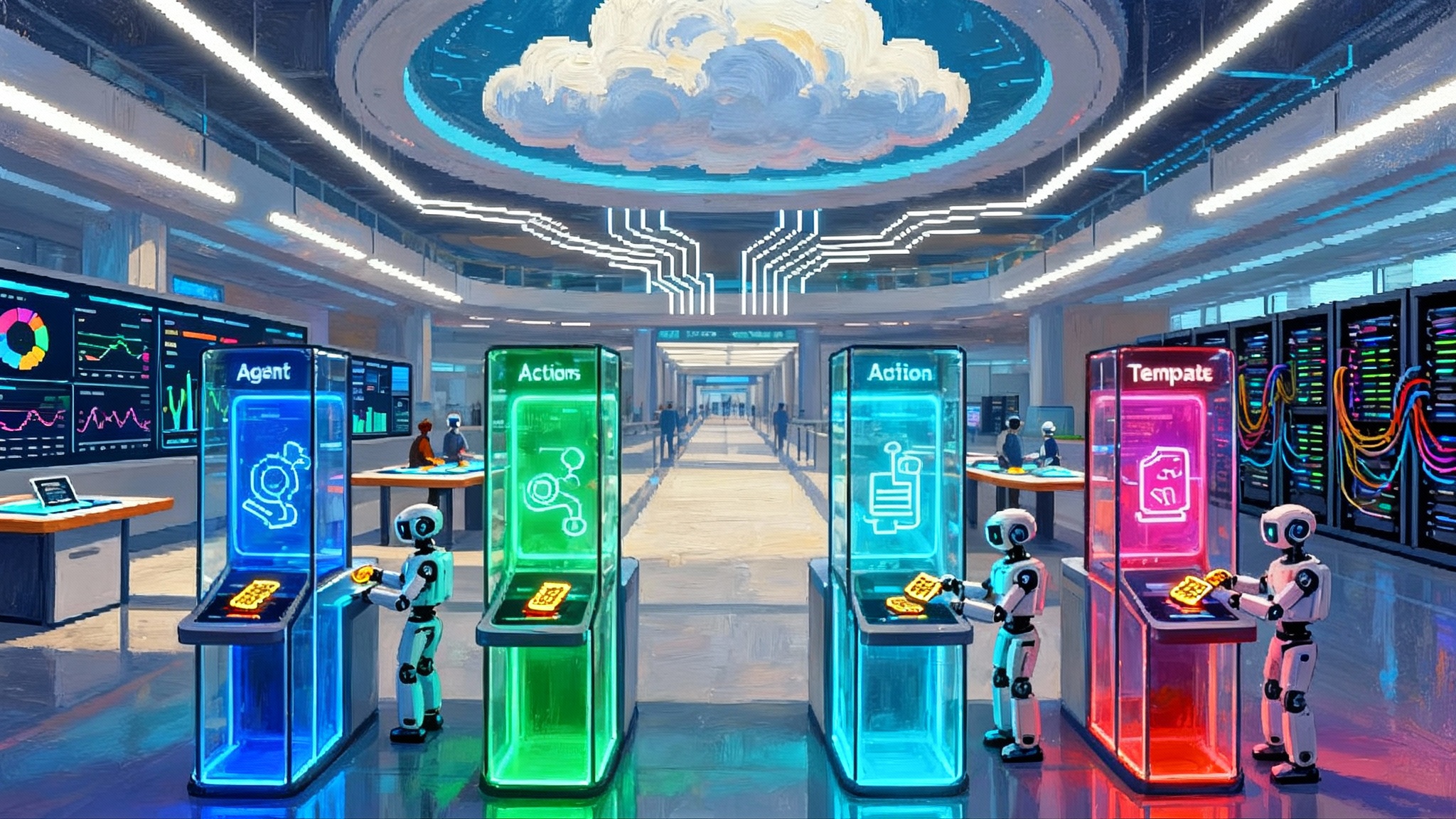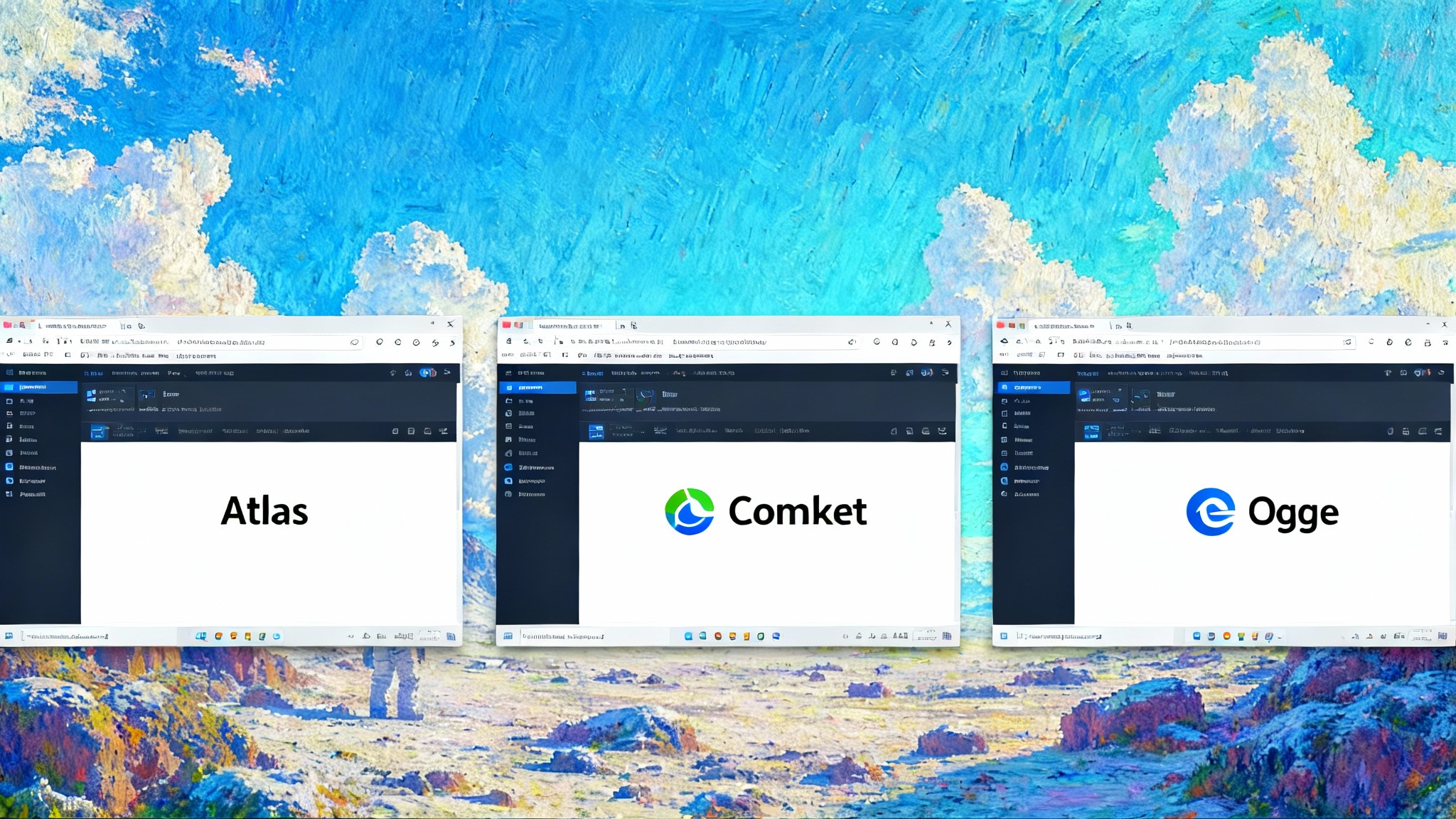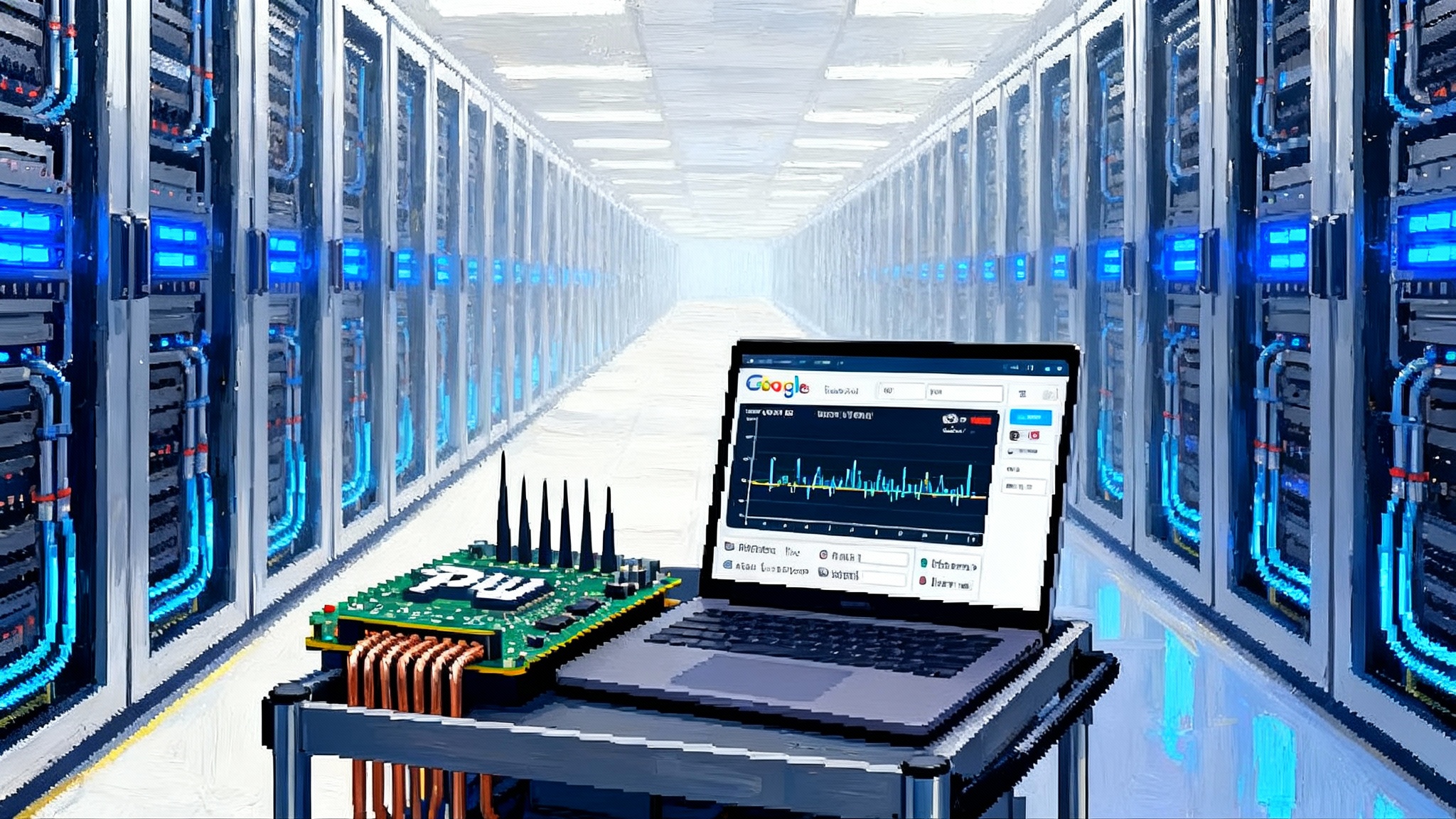 Artificial Intelligence
Artificial Intelligence
Articles under the Artificial Intelligence category.
OpenAI’s AWS Pivot Makes Multi Cloud the New AI Default
On November 3, 2025, OpenAI committed to a multi-year build on AWS. For builders, that turns multicloud from a hedge into the default architecture for reliable, low‑latency, always‑on agents.
Anthropic’s AI Became an Operator, Now Security Accelerates
Anthropic says attackers steered Claude Code to run multi-step intrusions with minimal oversight. Here is what that shift means for enterprise security and the concrete controls to deploy next: bounded autonomy, canary verbs, step traces, and live evals.
Agent Marketplaces Go Live: The New AI Distribution War
Enterprise AI has entered its distribution era. Agent marketplaces and lifecycle platforms are becoming the rails for digital labor. Here is how winners in 2026 will be picked on channels, pricing, reliability, and operations.
GPT-5.1’s Adaptive Reasoning Resets the Agent Cost Curve
OpenAI released GPT-5.1 on November 12, 2025 with Instant and Thinking modes, a true no reasoning setting, 24-hour prompt caching, and built-in apply_patch and shell tools. Here is how these features shift the cost and latency math for long-horizon agents and the 2026 products they unlock.
TIME’s Archive Agent Signals the Rise of Domain AI for Media
TIME just turned 102 years of reporting into a rights-cleared AI agent. Here is why publisher-owned domain assistants will reset accuracy, SEO, distribution, and the path to monetization.
The Browser Becomes the Agent Runtime: Atlas, Comet, Edge
October 2025 marked a strategic shift. The browser is no longer just a window to the web; it is the primary surface and sandbox for AI agents. Here is what changes next and how to build for it.
WhatsApp’s AI Pivot: Bots Out, EU Chats In, New Moats
Meta will ban general purpose chatbots on WhatsApp and roll out third party chat interoperability in Europe under the Digital Markets Act. See the power map, who wins and loses, and a 90 day startup playbook to adapt fast.
Snowflake Intelligence Is Generally Available Analytics to Action
On November 4, 2025, Snowflake made Intelligence and Cortex Agents generally available, moving analytics from answers to actions. Here is what changes, why the semantic layer is the new battleground, and a 90-day plan to ship value.
Open-Weight Reasoning Takes Over: Cheaper Agents, New Moats
In 2025, reasoning models went open weight and changed the unit economics of long‑horizon agents. Here is how lower costs, computer use, and better orchestration are shifting vendor moats from secret weights to operations, trust, and telemetry.
Ironwood and Agent Builder spark the inference-first era
Google Cloud made Ironwood TPUs generally available and upgraded Vertex AI Agent Builder. Together they cut latency and cost for real-world agents, setting up 2026 for sub-second loops and safer autonomy by default.
The Agent Trust Stack Arrives: The New Moat for AI Agents
Enterprise AI is pivoting from bigger models to verifiable runtime behavior. Use this vendor and standards map plus a 13 week build plan to harden agents without slowing delivery.
MCP Is Becoming the USB-C of Agents Across IDEs and OS
With Windows 11 and major IDEs shipping native MCP support, the Model Context Protocol is tipping toward default. Here is how to ship IDE-native multi-agent orchestration, governed enterprise connectors, and security patterns now.
Voice Agents Hit Prime Time: Contact Centers Cross the Chasm
Real-time voice AI has hit production in contact centers as sub-300 ms pipelines, SIP telephony, and robust barge-in make calls feel human. This guide shows what changed, which KPIs to track, and how to deploy safely in 90 days.
OpenAI’s $38B AWS Deal and the Multi‑Cloud Agent Era
OpenAI and AWS signed a seven-year, $38 billion capacity deal on November 3, 2025 that resets where agent workloads run. Here is what it means for cost, latency, sovereignty, and how to build a portable multi-cloud runtime for 2026.
Gemini for Home goes live and the living room leads
Google’s Gemini for Home early access arrives as Amazon rolls out paid Alexa+ and Apple delays its Siri revamp. The living room is becoming the first mass-market proving ground for autonomous AI agents that blend voice, vision, and device control.
Agents Go Retail: Manus 1.5, $75M Scrutiny, and a 2026 Reset
Manus 1.5’s October 2025 release and a $75 million round led by Benchmark, now facing U.S. review, mark the moment autonomous web‑acting agents enter mainstream retail. As capital, policy, and reliability engineering collide, commerce and consumer trust are set for a 2026 reset.
TIME’s AI Agent and the race for publisher-native assistants
TIME just turned its archive and newsroom into a conversational product. Here is why publisher native agents will redefine distribution, what to build first, and how to wire rights, safety, and retrieval for trust and growth.
DeepL Agent Goes GA, Multilingual Automation Hits the Enterprise
DeepL launched its enterprise agent with broad language coverage and European governance, positioning it as a task‑taking coworker that operates across your existing apps. Here is how this changes CRM, ERP, and the future of automation.

















